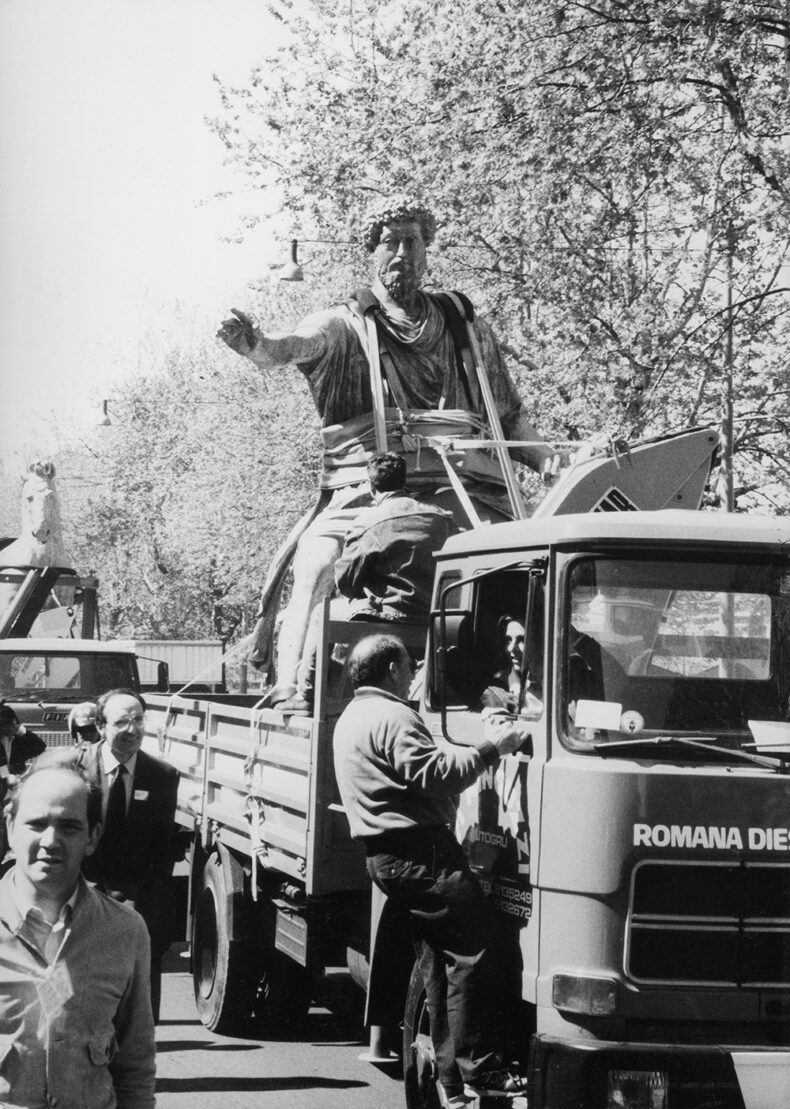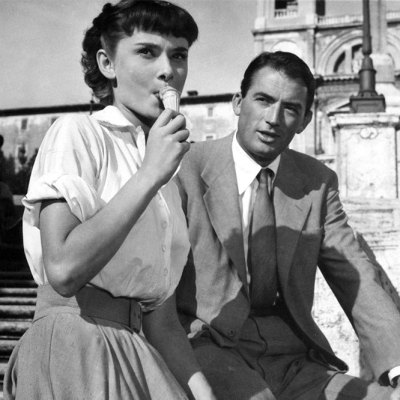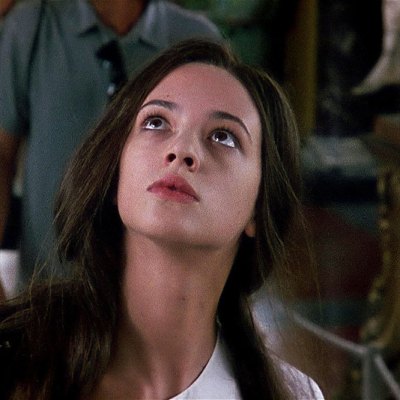From the December 2022 issue of Apollo. Preview and subscribe here.
The photographer, diarist and socialite Milton Gendel had 20th-century luck – American luck. Born to a family of Russian-Jewish immigrants in 1918, Gendel grew up in New York and came of age in the late 1930s and ’40s, when refugee artists and intellectuals – many shepherded out of Europe by Peggy Guggenheim – helped turn Manhattan into Paris on the Hudson. Gendel studied at Columbia, where his best friend was Robert Motherwell, and stayed on to work with Meyer Schapiro; like seemingly everyone Gendel met, he became a lifelong friend. His apartment near Washington Square Park became a salon for the demigods of the downtown scene. Anaïs Nin called it ‘our favourite salon, because it is roomy, vast, casual, nonchalant’.
 Gendel joined the army in 1942 (a decision which led to a break with André Breton) and was posted to China. After the war, he was granted a Fulbright Scholarship to return there. But when Mao’s ascent made that impossible, Gendel chose to move to Rome to study Italian architecture in the period after national reunification with the architectural historian Bruno Zevi. He arrived with his wife Evelyn in December 1949 and, like any sensible person, he never left. As Gendel started writing for ARTnews, and undertaking the other editorial work that would officially occupy him for the rest of his life, he also kept a voluminous written and photographic journal.
Gendel joined the army in 1942 (a decision which led to a break with André Breton) and was posted to China. After the war, he was granted a Fulbright Scholarship to return there. But when Mao’s ascent made that impossible, Gendel chose to move to Rome to study Italian architecture in the period after national reunification with the architectural historian Bruno Zevi. He arrived with his wife Evelyn in December 1949 and, like any sensible person, he never left. As Gendel started writing for ARTnews, and undertaking the other editorial work that would officially occupy him for the rest of his life, he also kept a voluminous written and photographic journal.
When people asked what he was doing in Italy, Gendel would reply that he was ‘just passing through’, which, the Atlantic journalist Cullen Murphy writes, ‘is what everybody is doing in Rome, whether they know it or not’. Though Gendel integrated as fully as any expatriate could, his journal is marked by the best qualities of travel writing. Murphy, who met Gendel through the editor Graydon Carter – yet another of the stars in Gendel’s orbit – has produced a small but rich sample of Gendel’s delectable diary and his careful, evocative pictures of his family, friends and adopted city.
The diary is principally about two things. The first is Gendel’s collecting at the Porta Portese flea market, where he preferred ‘the last of the real Porta Portese junkmen […] the ones who have not promoted themselves, or not quite, to the level of antique dealers’. The second, and more important, is people: his wives (Evelyn, who, after an affair with Sybille Bedford, returned to America without him; the aristocratic Englishwoman Judy Montagu; finally Monica Incisa della Rocchetta, 30 years his junior), and his four children, plus his many, many colourful friends and acquaintances, from Gore Vidal and Harold Acton to ‘the fat man at the bar’ near the Isola Tiberina, the thin island in the Tiber where he lived for many years.
Marcus Aurelius returns, the route frm Via di San Michele, Rome (1981), Milton Gendel. Reproduced by permission of the Fondazione Primoli in Rome

Gendel’s luck was, in part, being in the right place at the right time. But it was also the result of help from a few well-connected women: first, Guggenheim, who opened doors in New York; then Countess Anna Laetitia Pecci-Blunt, who did the same in Rome; and then Lady Diana Cooper, who spotted Gendel as a potential match for Montagu, whose father had been Secretary of State for India and who spent her weekends off from national service relaxing with Clementine Churchill. She slingshot Gendel into the top tier of the British elite, and into close contact with her friend Princess Margaret (‘PM’) and Anthony Snowdon, Queen Elizabeth (the Queen Mother; the Queen herself shows up only in photographs), and the like, about which we hear just a bit too much.
Here’s a typical entry from 1970: ‘To Kensington Palace for dinner. Princess Margaret on the doorstep in a black dress with a complicated necklace of wood hung with gold elephants… Tony came in later, off his motorbike, dressed like Robin Hood in black […] Full of the devil. Shah had sent some caviar… Harold Acton had been there for his book of memoirs.’ It would be unsupportable if it weren’t so well observed – and perhaps also if it weren’t written by the American son of Russian-Jewish immigrants. Even so, Just Passing Through could have included more about the artists we glimpse in its pages (Calder, Dalí, Rothko, Antonioni) and a bit less about royals who rarely have anything interesting to say.
Tony Snowdon and André Leon Talley photographed by Milton Gendel at the Palazzo Ruspoli in Rome in 1987. Reproduced by permission of the Fondazione Primoli in Rome

Gendel was a master of the written snapshot. Alexander Calder in 1967 ‘is swift and piercing in his glances and seems to hear everything from all sides of the table. Horseplay with a datepick in the shape of a woman. Calder making a kind of mobile out of a fork and the pick and a date.’ Balthus, whom he encountered on the Via Frattina, also in 1967, ‘is like a lizard with a high IQ. Deliberate movements of the head. Quick eye. From the lizard comes slow deliberate speech, which gives even banalities a certain weight or at least measure.’ At a society event in 1980, Gendel observes a woman ‘pumping out charm like a squashed barrel of molasses’. A love scene in Antonioni’s film Zabriskie Point (1970), which Gendel hated, ‘was like coupling dogs trying to obey the laws of the Stanislavski method’.
Gendel’s photographs are given equal billing with his prose on the verso of every page; though Gendel describes some of the people and places depicted, the shots don’t illustrate the entries but rather complement them, alluding to untold experiences and encounters. His spare still lifes of ruined statues and city scenes – a now largely vanished Rome, which, when Gendel moved there, had a population of just 1.5m – are reminiscent of Eugène Atget and Walker Evans; the best of his portraits of his children and friends evoke some of the candour of Cartier-Bresson.
One wishes that Just Passing Through were longer, if only to savour for just a few more pages such untroubled privilege and a creative life all the more refined because Gendel had no desire to publicise it. A life like his could not be lived again.
‘Just Passing Through’ by Milton Gendel (ed. Cullen Murphy) is published by Farrar, Straus and Giroux.
From the December 2022 issue of Apollo. Preview and subscribe here.



